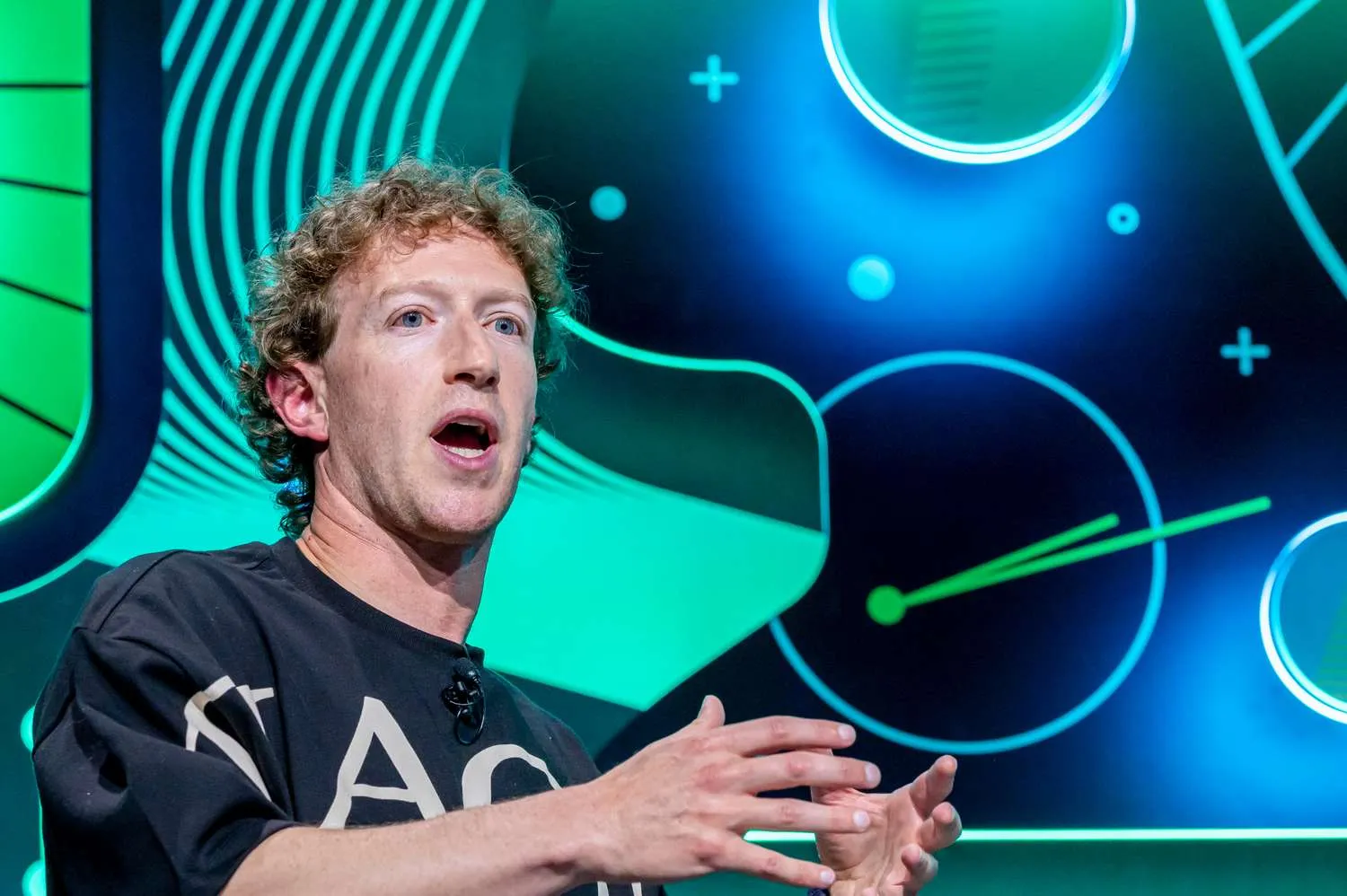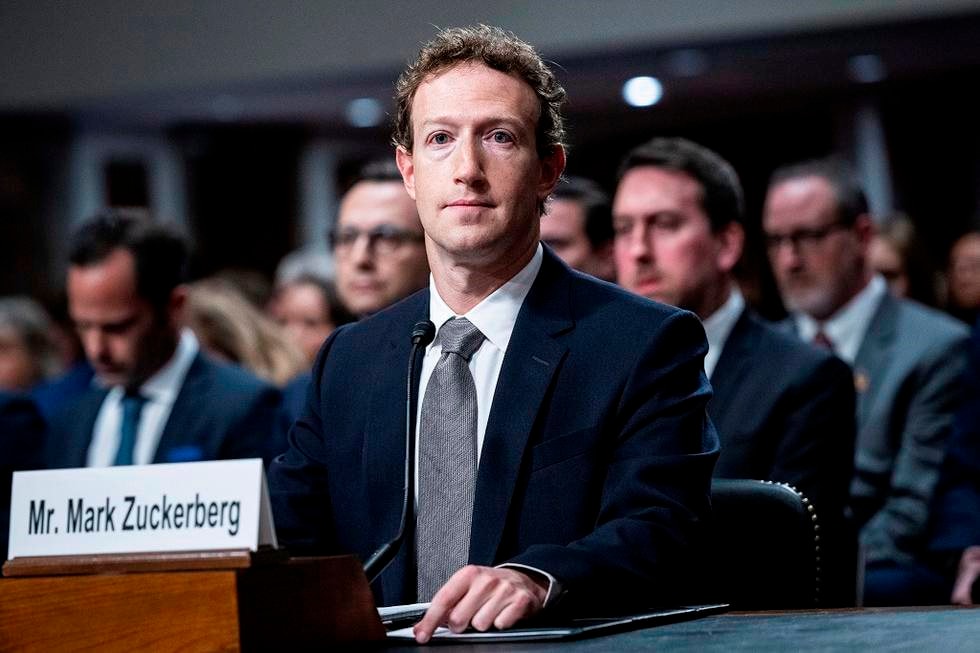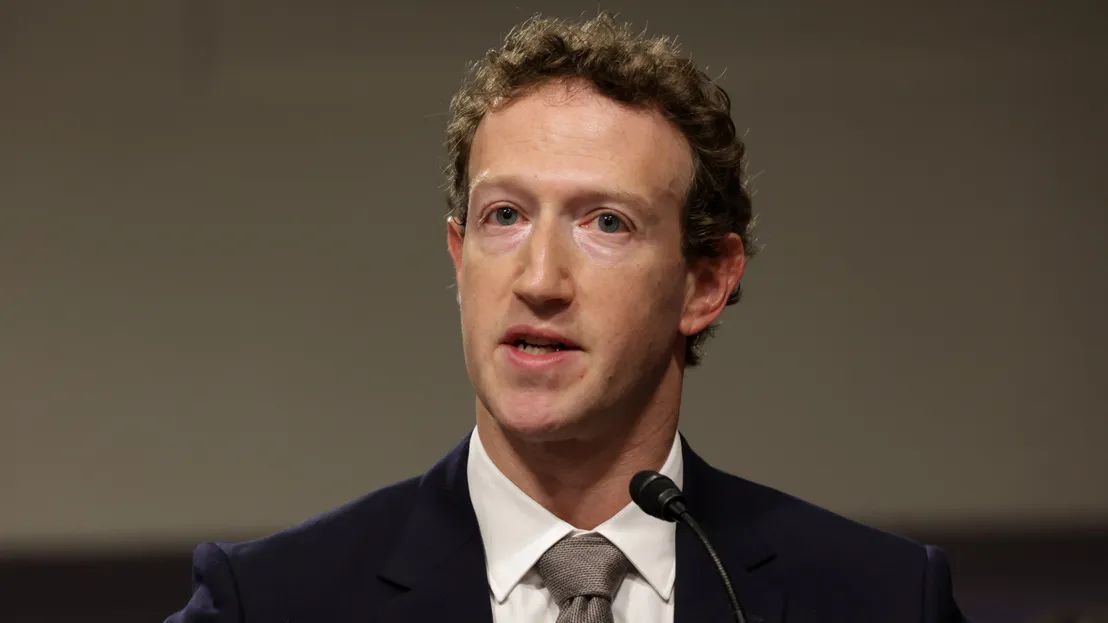

Meta Pays $250 Million to 24-Year-Old AI Researcher—Is a New Dot-Com Bubble Here?
The world of artificial intelligence is evolving at a speed that rivals the early days of the internet. Headlines about major acquisitions, billion-dollar valuations, and groundbreaking research dominate the tech landscape. Yet one story in particular has captured global attention: Meta paying $250 million to a 24-year-old AI researcher. The staggering figure immediately sparked comparisons to the late 1990s, when the dot-com boom created fortunes overnight, only for many to evaporate when the bubble burst. This raises a pressing question: is the current frenzy around AI creating a new dot-com bubble, or are we witnessing the foundation of a sustainable technological revolution?
The payment to this young researcher is more than just an impressive career milestone; it is symbolic of the wider AI gold rush. Companies like Meta, Google, OpenAI, and Microsoft are competing fiercely for talent, pouring billions into securing the brightest minds. For Meta in particular, the investment reflects its ambition to reposition itself not just as a social media company but as a global leader in AI and the metaverse. However, the sheer size of the deal also fuels speculation that tech giants may be overpaying in a desperate attempt to gain an edge, echoing the exuberance of the dot-com era.
Why Meta Paid $250 Million
The first question on everyone’s mind is: why would Meta pay a 24-year-old AI researcher such a colossal amount? The answer lies in the combination of scarcity, strategy, and stakes. Artificial intelligence, particularly generative AI, is currently the most competitive field in technology. Talented researchers are not just employees—they are assets capable of shaping the direction of entire industries.
Meta’s willingness to commit $250 million reflects its urgency to close the gap with rivals. While OpenAI has captured headlines with ChatGPT and Microsoft has integrated AI into its products, Meta has been eager to prove it is not falling behind. Hiring young researchers with fresh ideas allows the company to inject energy and innovation into its projects, while also signaling to competitors that it is willing to outspend them.
This move also demonstrates the growing recognition of individual talent. In previous tech eras, corporations were valued more than the people building them. Today, however, top AI researchers are treated like star athletes—commanding contracts that reflect both their skills and their potential to disrupt industries.

The Shadow of the Dot-Com Bubble
The dot-com bubble of the late 1990s offers a cautionary tale. Back then, investors poured billions into internet startups with little more than a website and a vision. Valuations skyrocketed, fortunes were made, and optimism was boundless—until the crash came, wiping out trillions in value.
The parallels with today’s AI boom are hard to ignore. Just as the internet promised to change everything, AI is now being heralded as the technology that will transform industries from healthcare to finance. Startups with little revenue are raising enormous funding rounds, while established companies are making bold bets to stay ahead. The payment of $250 million to a single AI researcher seems to embody this sense of exuberance, prompting many to wonder if we are once again inflating a bubble destined to burst.
Yet there are also key differences. Unlike many dot-com companies, today’s AI innovations already demonstrate tangible value. AI is not just a promise—it is already driving real-world applications in medicine, logistics, entertainment, and beyond. While hype certainly plays a role, the underlying technology is more mature than many internet startups were in the 1990s.
Talent Wars and Scarcity
One of the main reasons the AI sector feels overheated is the scarcity of top talent. There are only a limited number of individuals in the world who have both the technical expertise and creative vision to push AI forward. These researchers often command salaries, bonuses, and stock options that rival or exceed the pay packages of top executives.
By offering $250 million, Meta not only secured a brilliant young mind but also sent a message to other rising stars: Meta is the place where you can turn your ideas into reality and be rewarded accordingly. However, this also raises concerns about inequality within the industry. Can smaller startups compete with tech giants when the price of entry is so high? Are we creating an environment where innovation is concentrated in a few corporations, much like during the dot-com bubble?

Innovation vs. Speculation
The most critical question is whether the money flowing into AI is driving genuine innovation or simply fueling speculative hype. Advocates argue that investments like Meta’s are necessary to accelerate progress. Breakthroughs in natural language processing, computer vision, and robotics require not just brilliant minds but also enormous resources. By paying top researchers generously, companies ensure that innovation continues at a rapid pace.
Critics, however, warn that such deals may inflate expectations beyond what the technology can deliver. If AI fails to meet its loftiest promises, the backlash could mirror the dot-com crash, leading to disillusionment and financial losses. The danger lies in conflating long-term potential with immediate reality.
A Sustainable Future for AI?
To determine whether we are in a bubble, it helps to look at long-term sustainability. The dot-com era collapsed because many companies had no viable business models. By contrast, AI already underpins profitable applications—from recommendation systems and fraud detection to autonomous vehicles and drug discovery. The technology is not just theoretical; it is practical, scalable, and increasingly essential.
Moreover, governments and industries worldwide are heavily invested in AI, creating an ecosystem that is unlikely to vanish overnight. Regulations, ethical frameworks, and infrastructure are being developed in tandem with innovation, suggesting a more stable foundation than the speculative frenzy of the late 1990s.
The Human Side of the Story
Amid discussions of valuations and bubbles, it is easy to forget the human side of the story: a 24-year-old researcher whose career has suddenly skyrocketed. For this young innovator, the $250 million deal represents both an extraordinary opportunity and a daunting challenge. With such high expectations, the pressure to deliver groundbreaking results will be immense.
This also highlights a generational shift in tech leadership. Whereas the previous era was dominated by figures like Bill Gates, Steve Jobs, and Jeff Bezos, the AI revolution is elevating younger minds to positions of unprecedented influence. The idea that a person barely out of graduate school could command such a deal reflects the changing dynamics of innovation in the 21st century.
Conclusion: Bubble or Breakthrough?
The story of Meta paying $250 million to a 24-year-old AI researcher sits at the intersection of optimism and caution. On one hand, it underscores the transformative potential of AI and the fierce competition among tech giants to secure top talent. On the other, it raises alarms about whether we are inflating another dot-com-style bubble, fueled by hype and outsized valuations.
History suggests that bubbles often accompany technological revolutions. The railway boom, the dot-com era, and the cryptocurrency surge all involved speculation, crashes, and eventual recovery. Yet each also left behind lasting innovations that reshaped society. The current AI frenzy may follow a similar trajectory: short-term volatility, long-term transformation.
Whether this deal becomes a symbol of excess or a turning point in technological history remains to be seen. What is certain, however, is that AI is no longer just a futuristic concept. It is here, it is valuable, and it is attracting investments on a scale that rivals any previous tech revolution.
The world will be watching closely—not just to see if Meta’s $250 million gamble pays off, but also to determine whether we are standing at the edge of a bubble or the dawn of a new era in technology.


















